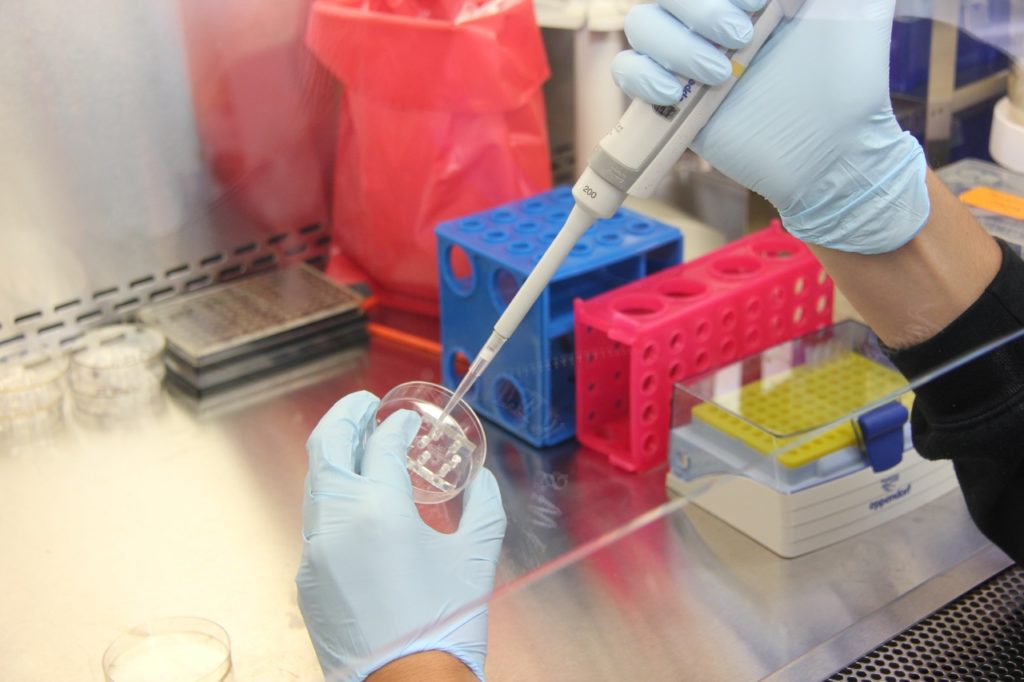“He thought he had a cold,” his wife Rosita Blomme told Het Nieuwsblad. “Two weeks later he's no longer with us.”
Legionella is a bacterial infection which takes various forms, the most common being Legionella pneumophila, which has an effect like pneumonia. The illness is commonly referred to as Legionnaires' Disease, so called because the first recorded outbreak, in the US in 1976, took place at a convention of the American Legion. The disease infected 221 people, 34 of whom died.
Related News: One dead in Ghent legionella outbreak
Symptoms include coughing, difficulty breathing, headache and muscle pain, and can show up anywhere from two to ten days after exposure. The bacterium occurs in fresh water, and can be breathed in from water mist from the likes of cooling towers, air conditioning and swimming pools. Most people remain unaffected, but those in poor health are more likely to contract the disease – the elderly, smokers, people with a history of lung disease or a weak immune system. The disease cannot be passed from person to person.
The latest outbreak involves 17 people infected, in addition to the two fatal cases. Now the Flemish health care agency has declared a code red, as a team of nine scientists works overtime to track down the source of the infection. The main suspects: the 19 cooling towers used by factories in the port area of Ghent.
“It will take until Monday before we know if the samples taken from the towers are infected,” explained Joris Moonens of the agency to De Standaard. “After that, we will try to match the bacteria from those samples with the bacteria found in the patients.”
However he also warned that the likelihood is high that the source will never be found. “A major outbreak like this is exceptional. But in Flanders every month there are about ten cases of infection. In only two percent of cases is the source actually found.”
Despite the code red, the agency announced there is no need for panic, and little chance of further infections. Most of the existing patients showed the first signs between 29 April and 6 May; the latest between 7 and 10 May. The last patient to report was on Tuesday, with no new cases since. If that situation continues, there is a strong chance that the source is no longer active. And in any case, Moonens said, “The odds of being infected are very small.”
Alan Hope
The Brussels Times
The Brussels Times

